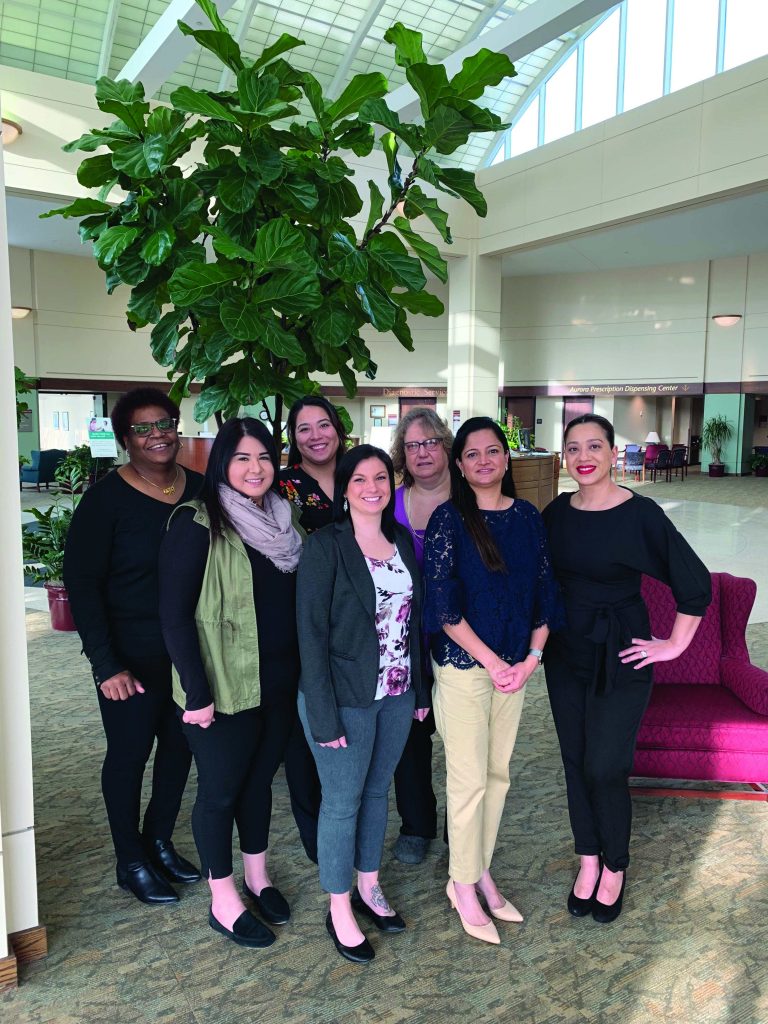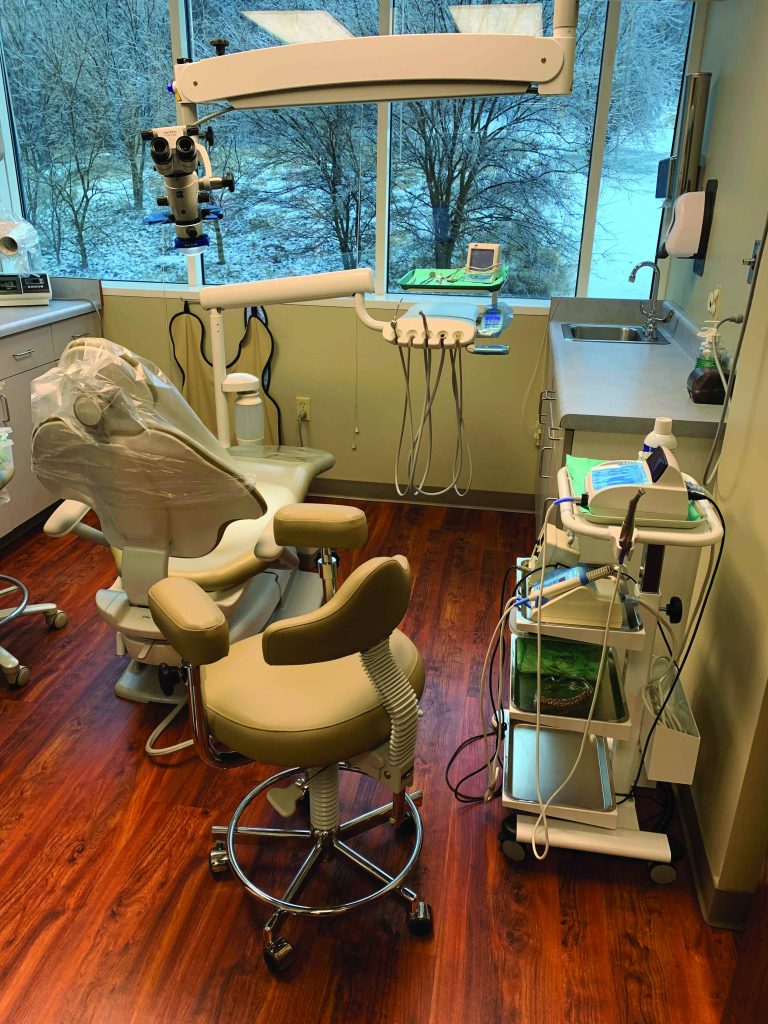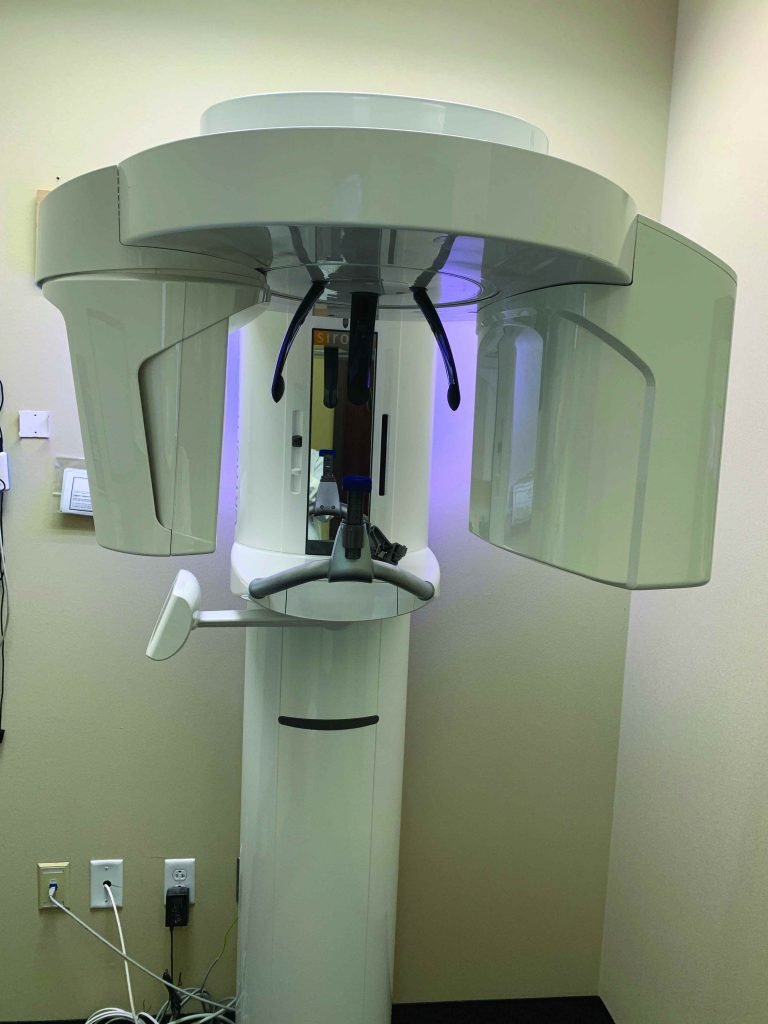Editor’s intro: Dr. Anushree Mehrotra has designed her practice for treating anxious patients and navigating individual’s complex anatomy. Here’s how.
Bringing patients relief and healing
What can you tell us about your background?
 I was born in India; my father is a periodontist and mother, a professor of English Literature. I graduated from dental school in 2004 and completed a Masters in Oral Pathology in India. I was actively involved in research and attached to a dental school, teaching and guiding research. During this time, I got an opportunity to present my research at the American Association of Oral Pathologists in San Francisco and received the AAOMP Dental Award for the same. This encouraged me to study further and pursue a DDS in the United States to enhance my techniques and knowledge of dentistry. My brother, a practicing neo-natologist here, encouraged and supported me. Though a big change initially, over a period of time, I adjusted and grew to love all positive aspects of America. During this transition, I had immense support from my family, which made this transition smoother. I received multiple scholarships, the AAE student award, was on the Dean’s list, and earned my DDS as magna cum laude from Marquette Dental School.
I was born in India; my father is a periodontist and mother, a professor of English Literature. I graduated from dental school in 2004 and completed a Masters in Oral Pathology in India. I was actively involved in research and attached to a dental school, teaching and guiding research. During this time, I got an opportunity to present my research at the American Association of Oral Pathologists in San Francisco and received the AAOMP Dental Award for the same. This encouraged me to study further and pursue a DDS in the United States to enhance my techniques and knowledge of dentistry. My brother, a practicing neo-natologist here, encouraged and supported me. Though a big change initially, over a period of time, I adjusted and grew to love all positive aspects of America. During this transition, I had immense support from my family, which made this transition smoother. I received multiple scholarships, the AAE student award, was on the Dean’s list, and earned my DDS as magna cum laude from Marquette Dental School.
Tooth pain is an excruciating experience; relieving patients of discomfort and saving teeth became my passion. My husband, an endodontist, encouraged and supported me to learn more about endodontics. I completed my endodontic residency at Marquette Dental School. During the residency, I received first position for my poster and research presentation in both first and second years, respectively. Learning and practicing endodontics has been an enriching experience. I currently practice at Advanced Dental Specialists, Waukesha North.

My professional affiliations include membership in the American Association of Endodontists, American Dental Association, and the Wisconsin Dental Association. I am currently working on the final stage of the endodontic board certification.
When and why did you become a specialist?
I graduated from Marquette in 2013 and went on to specialize in endodontics. My passion for saving teeth motivated me to be an endodontist. The challenge of treating anxious patients and navigating different complex anatomy makes it even more rewarding.
Is your practice limited to endodontics?
My practice is limited to endodontics. Results in endodontics are quick and very gratifying. I do work in conjunction with a periodontist and oral surgeon, which gives patients a better understanding of multispecialty treatment planning and the convenience of being treated in the same facility.
Do your patients come through referrals?
It is a completely referral-based practice; patients are referred through general practitioners and other specialists. Former and current patients also refer others, with few self-referrals.
How long have you been practicing, and what systems do you use?

I have been practicing endodontics since 2004 when I initially graduated from dental school. Since my endodontic residency, my outlook toward endodontics has changed, and my practice has been limited to endodontics for the past 6 years (residency included).
I use an electronic apex locator, a ZEISS surgical microscope, and Schick 33 sensors for better clarity radiographs. Instrumentation is a combination of hand and rotary instruments, mainly rotary. My preferred systems are a combination of Brasseler USA® and Dentsply rotary instruments. Ultrasonics, System B™, and Calamus® are also part of my armamentarium. I do enjoy the Global® operating stool for enhancing ergonomics and better back support. In my practice, anxious patients have the option of nitrous oxide, which helps them relax and enables me to do a good job. Better instrumentation and infrastructure have made endodontics very enjoyable. Addition of a CBCT has been a great asset and helped with diagnosis, treatment planning, and the procedure itself.
What training have you undertaken?
I have a BDS and MS in Oral Pathology in India and a DDS and MS in endodontics in the United States.
Who has inspired you?

Dr. Ken Hargreaves is a great inspiration in the field of endodontics and contributed immensely in pain research. Dr. Harmeet Walia is known for his invention of NiTi in root canal therapy; he was a passionate teacher and a quick-witted person. Drs. Sheila Stover and Lance Hashimoto inspired me to continue working hard and do my best. Finally, my parents inspired me to work hard and taught me the value of honesty, integrity, and humility.
What is the most satisfying aspect of your practice?
Providing relief and comfort to patients who come in with a lot of pain. Treating each patient the way I would like to be treated myself.
Professionally, what are you most proud of?
I’m proud of enjoying a wonderful relationship with my patients, referring dentists, colleagues, and staff.
What do you think is unique about your practice?
Toothaches can be very painful. We offer early morning and after hours emergency times to ease patients’ pain. I love to talk to my patients and educate them about the procedures. My patients receive a follow-up call from me rather than my staff, which helps me connect well with my patients.
What has been your biggest challenge?

My biggest challenge is when patients do not follow up with their general dentist for restorative in a timely way.
What would you have become if you were not a dentist?
I would have liked to be a teacher. I love to interact with people, explain, and simplify things. Moreover, teaching is a good source of constant learning.
What is the future of endodontics and dentistry?
The future of endodontics is bright and secure. It is an established treatment with a high success rate, aimed at saving infected natural teeth that would otherwise be extracted. Nothing can replace the feeling of masticating with one’s natural teeth. Enhanced magnification, better instruments, advent of newer irrigation devices, improved techniques, and CBCT are some important aspects that contribute to a brighter endodontic future. Regenerative endodontics has also come up in a big way. The future of dentistry would involve more digitalization and painless dentistry.
What are your tips for maintaining a successful specialty practice?
Evidence-based dentistry with best possible care for patients is essential for a successful practice. Maintaining communication and a good relationship with the referring dentist is imperative. Having a well-trained supporting staff is absolutely essential for a successful practice.
What is your advice to budding endodontists?
Endodontics is a precision science. Patience and attention to detail are essential to endodontics. Don’t be disheartened by failure — instead learn from your mistakes. Complications happen, but knowing how to manage them is what matters. Work hard, and do your best.
What are your hobbies, and what do you do in your spare time?
I love cooking, spending time with my family, my husband, and daughter, as well as staying active and traveling.
Top 10 favorites
- Patience
- Electronic apex locator
- ZEISS surgical microscope
- Schick 33 sensor
- Ultrasonics
- Global® operating stool
- Brasseler USA®; Dentsply rotary instruments
- Sirona CBCT
- System B™ and Calamus® for warm vertical compaction
- Chlor-XTRA™ 6% sodium hypo-chlorite with surface mod
To reach Dr. Mehrotra, email toothendo@gmail.com.
Many studies have been performed about treating anxious patients. Read the abstract for “Pathways of fear and anxiety in endodontic patients” for this topic and other research in our Abstracts column here.
Stay Relevant With Endodontic Practice US
Join our email list for CE courses and webinars, articles and more..

